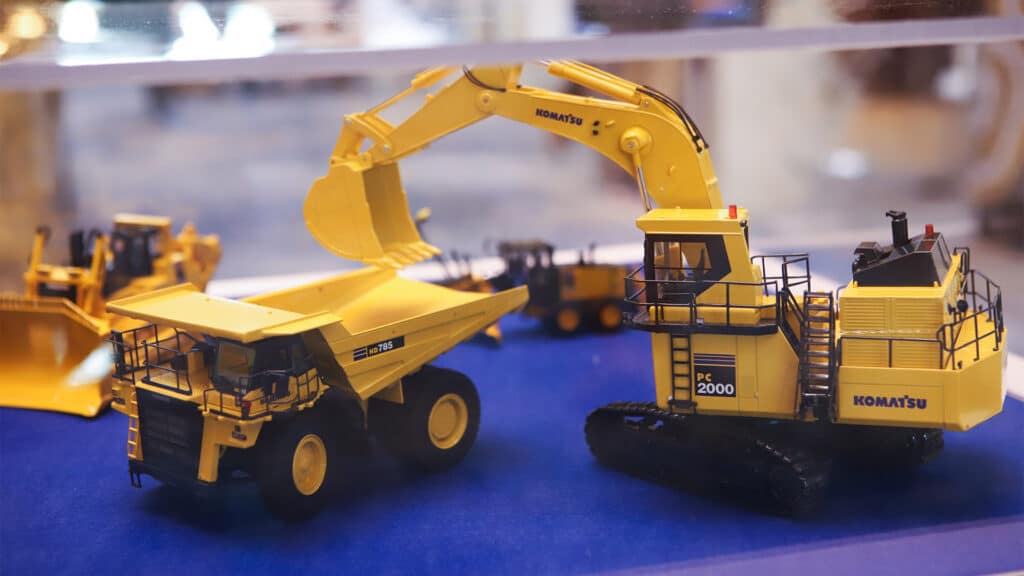Global copper demand surges as ERG unearths new deposits in Kazakhstan

The global energy transition is rapidly accelerating demand for critical minerals, and copper is taking center stage as a cornerstone of the low-carbon economy. According to the International Energy Agency (IEA), copper demand is expected to outstrip supply by 30% by 2035 unless urgent action is taken. This shortfall threatens to become a major bottleneck for the development of clean energy infrastructure, such as electric vehicles, renewable power systems and electricity grids, as reported by The Guardian.
Copper: The backbone of the energy transition
IEA Executive Director Fatih Birol recently issued a stark warning: «It’s time to sound the alarm.» The agency’s latest analysis shows that if governments and industry stakeholders fail to act swiftly, rising costs and supply constraints could delay the green transition and disrupt the broader global economy.
Copper is indispensable to renewable technologies, from wind turbines and solar panels to electric vehicle batteries and grid infrastructure. Its unmatched electrical conductivity and durability make it irreplaceable in the growing green energy ecosystem. Yet despite its strategic importance, investment in copper mining and refining has lagged behind rising demand.
ERG’s strategic discovery in Kazakhstan
ERG, a major player in the global mining sector, has recently announced a substantial copper discovery at the Karabas copper porphyry site in central Kazakhstan. The site, located near Kounrad, holds an estimated 250,000 tons of copper with an average grade of 0.35% copper equivalent. Drilling at the site revealed copper in 42 of the 51 wells explored, with some samples showing copper content as high as 6.7%.
Zaure Kunanbayeva, senior project geologist at ERG Exploration, shared the findings at the AMM-2025 conference. «This is a promising site suitable for quarry development,» she noted. «And we’ve only just begun to delineate its full potential.»
In addition to copper, the Karabas deposit also contains valuable by-products such as molybdenum, lead, zinc and silver, further enhancing its commercial viability. ERG plans to complete a formal resource assessment under the KAZRC Code by the second half of 2025.
A broader resource strategy
The Karabas discovery is part of ERG’s broader strategy to reinforce its resource base amid tightening global supplies. The company has also advanced work on the Ayat iron ore deposit, revising historical estimates and integrating the findings into Kazakhstan’s state balance sheet. Furthermore, ERG is preparing to produce gallium, a critical mineral for semiconductors and photovoltaics, from red mud waste at the Pavlodar Aluminum Plant.
According to ERG CEO Serik Shakhazhanov, more than two-thirds of the company’s exploration efforts are focused on expanding its reserves of chromium, iron ore and bauxite, with around 20% directed at rare earth metals.


